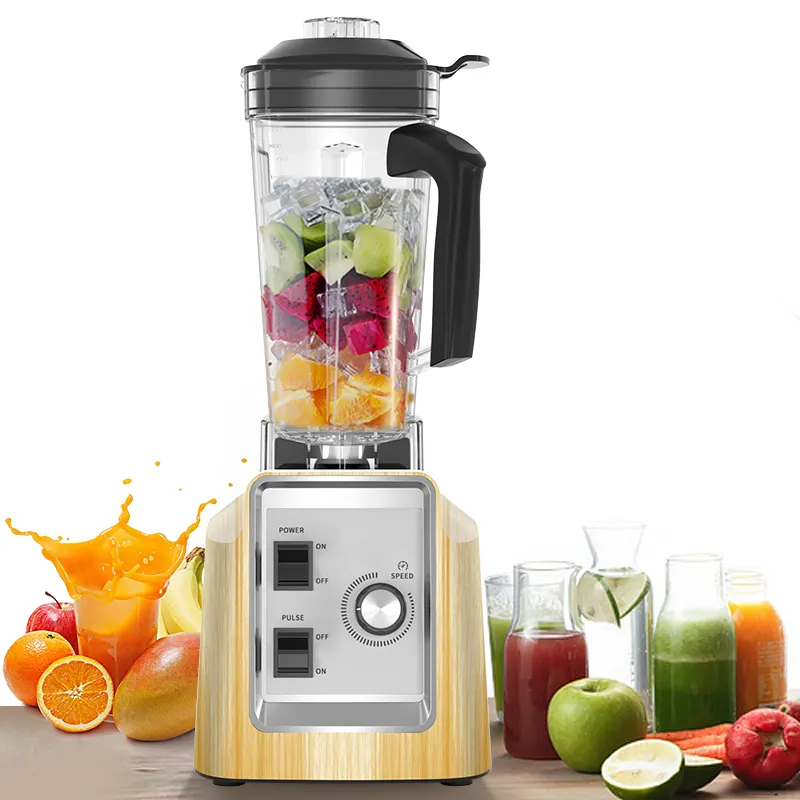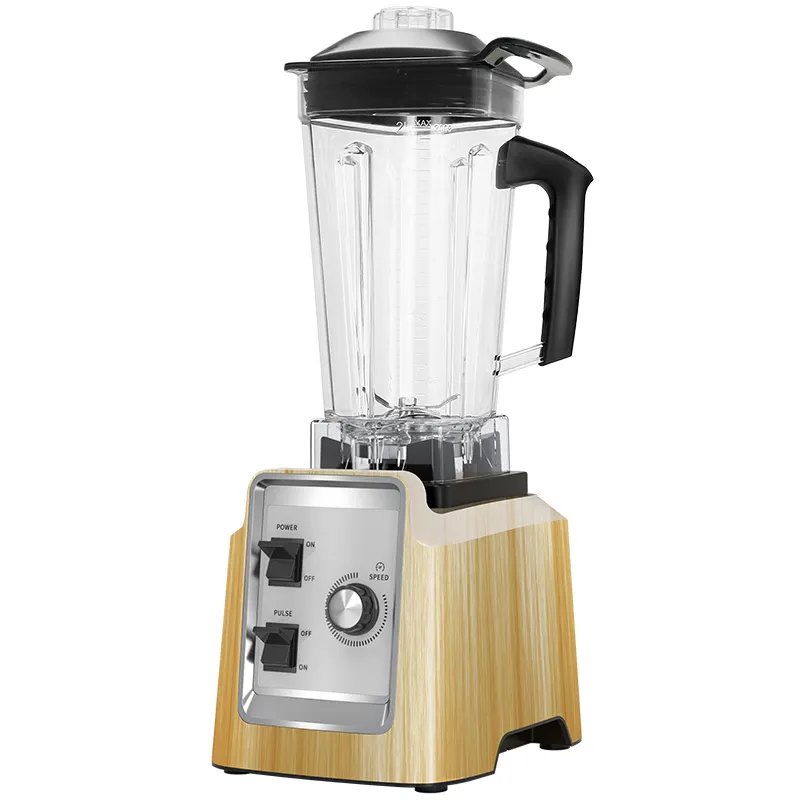Finding the Perfect Blender for Everyday Kitchen Use
A blender is one of the most versatile appliances in any kitchen, capable of handling everything from smoothies to soups and sauces. Choosing the right blender that fits your daily kitchen needs can significantly impact your cooking experience and efficiency. With so many options available on the market, understanding what factors to consider when purchasing a blender is essential to make a well-informed decision. How can you select a blender that matches your lifestyle, culinary preferences, and kitchen setup?
Understanding Your Kitchen Needs and Blender Usage
Before diving into technical specifications, it is crucial to analyze how you plan to use the blender. Will you primarily use it for making smoothies and protein shakes, or do you intend to prepare chunky salsas and creamy soups? Identifying your primary blender tasks will guide you toward the appropriate features and functions.
Some users require a blender that can crush ice regularly, while others need a device optimized for emulsifying dressings or grinding nuts. The frequency and type of usage directly affect the choice of blender power, capacity, and blade design.
Evaluating Counter Space and Portability
Your kitchen size and layout also influence the type of blender that suits you best. If counter space is limited, a compact blender might be more practical, while larger kitchens can accommodate full-sized, professional-grade blenders. Additionally, if you plan to take your blender to work or travel, lightweight and portable options could offer more convenience.

Essential Blender Features and Specifications
Motor Power and Speed Settings
The motor power, usually measured in watts, determines how effectively a blender can handle tough ingredients. A high-powered blender, typically above 1000 watts, can crush ice, frozen fruits, and fibrous vegetables with ease. For everyday blending of softer ingredients, a motor around 500-700 watts may suffice.
Speed settings are equally important for achieving desired textures. Multiple speed options and pulse functions allow you to control blending consistency, whether you want a chunky salsa or a smooth puree.
Blade Design and Material
Blades are the heart of any blender. Stainless steel blades are preferred due to their durability and sharpness. Some blenders come with specialized blade designs that enhance blending efficiency by creating better vortexes to pull ingredients toward the blades.
The number of blades and their shape can influence how well the blender processes different food textures. Blenders with removable blades simplify cleaning, which is a significant factor for daily use.
Blender Capacity and Jar Material
Choosing the Right Jar Size
Blender jars come in various sizes, typically ranging from 16 ounces to over 72 ounces. Smaller jars are suitable for single servings, while larger jars are better for families or batch cooking. Consider your typical recipe quantities to determine the optimal capacity.
Jar Materials: Glass vs. Plastic vs. Stainless Steel
Each jar material offers distinct benefits. Glass jars resist staining and do not retain odors but tend to be heavier and more fragile. Plastic jars are lightweight and less prone to breaking but may absorb smells or scratches over time. Stainless steel jars are durable and excellent for hot blends but usually do not allow you to see the contents during blending.
Additional Blender Features for Enhanced Convenience
Pre-Programmed Settings
Many modern blenders include pre-programmed settings for specific tasks like smoothie making, ice crushing, or soup heating. These presets simplify operation and ensure consistent results, especially for users who prefer a one-touch experience.
Noise Level and Ease of Cleaning
Blenders vary in noise output; some high-powered models can be quite loud, which may be a consideration if you live in an apartment or have small children. Additionally, a blender with dishwasher-safe parts or self-cleaning functions can save time and effort, making it easier to maintain a clean kitchen.
Budget Considerations and Brand Reputation
Balancing Price and Features
Blenders range from budget-friendly models under $50 to premium options costing several hundred dollars. It is essential to balance your budget with the features you need. Sometimes, investing in a higher-quality blender pays off with durability and better performance.
Importance of Warranty and Customer Support
A reliable warranty and responsive customer support provide peace of mind, especially when purchasing a more expensive blender. Some brands offer extended warranties and customer assistance that can be valuable over the blender’s lifespan.
How to Maximize Your Blender’s Lifespan and Performance
Proper Use and Maintenance
Using the blender according to manufacturer instructions, avoiding overfilling, and not running it continuously for too long help prevent motor burnout. Regular cleaning and blade inspection maintain performance and hygiene.
Storing and Handling Tips
Storing your blender in a dry area and keeping the jar lid secure during blending reduces accidents and extends component life. Handling blades with care during cleaning prevents damage and injury.
Frequently Asked Questions
What motor power is best for general home use?
A motor power between 500 and 1000 watts generally meets the needs of most households, balancing efficiency with energy consumption.
Can a blender handle hot liquids?
Many blenders are designed to handle hot liquids safely, but it is important to check the manufacturer’s guidelines to avoid damage or accidents.
How often should blender blades be replaced?
Blender blades typically last several years with proper use, but if you notice dullness or difficulty blending, replacement may be necessary.
Is it better to choose a blender with preset functions or manual controls?
It depends on your preferences. Preset functions offer convenience, while manual controls provide more flexibility for customized blending.
Table of Contents
- Finding the Perfect Blender for Everyday Kitchen Use
- Essential Blender Features and Specifications
- Blender Capacity and Jar Material
- Additional Blender Features for Enhanced Convenience
- Budget Considerations and Brand Reputation
- How to Maximize Your Blender’s Lifespan and Performance
- Frequently Asked Questions
 Zhongshan city HaiShang Electric Appliances Co,. Ltd
Zhongshan city HaiShang Electric Appliances Co,. Ltd



